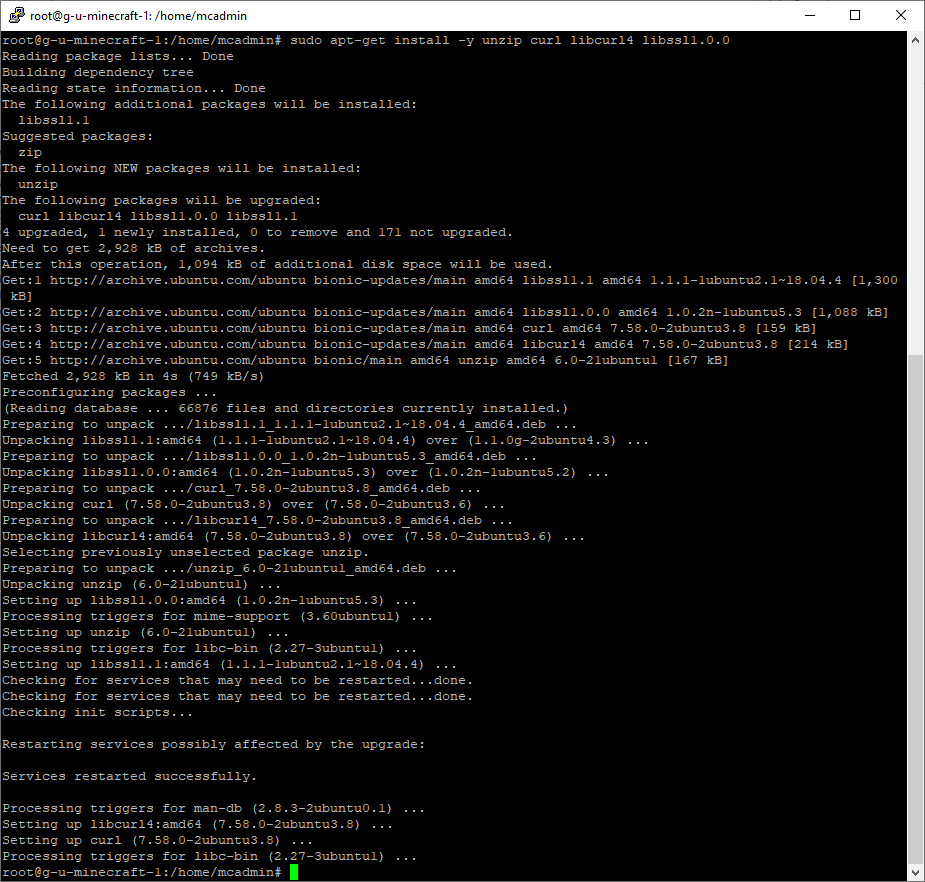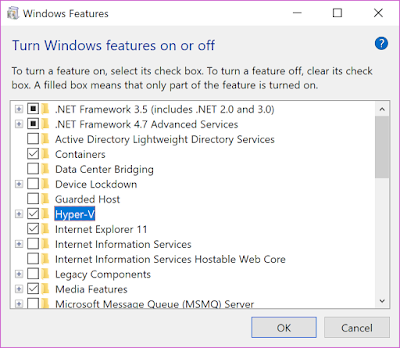Intro to Kubernetes Series - Part 2 - Stepping it up to Kubernetes
With an understanding of some basic docker concepts in mind, we can begin to introduce Kubernetes. In the first article we looked at what docker has to offer, and saw how to deploy docker containers by hand, including building up a docker image. In this installation of the kubernetes mini-series, we'll dip our toes into some surface-level concepts and more practical workings of what kubrnetes has to offer. Who this article is for: If you've read or heard about this miracle technology Kubernetes, that is supposed to relieve the agonizing tasks of managing infrastructure surrounding application delivery but have no idea where to start or how to use it, this article is for you. I won't be expecting you to be a hardened IT veteran with a decade of experience. This is intended to be a gentle introduction. This article meant to be a high-level view of what Kubernetes can do, why it is valuable, and some basic examples of how to implement it. What is n...


